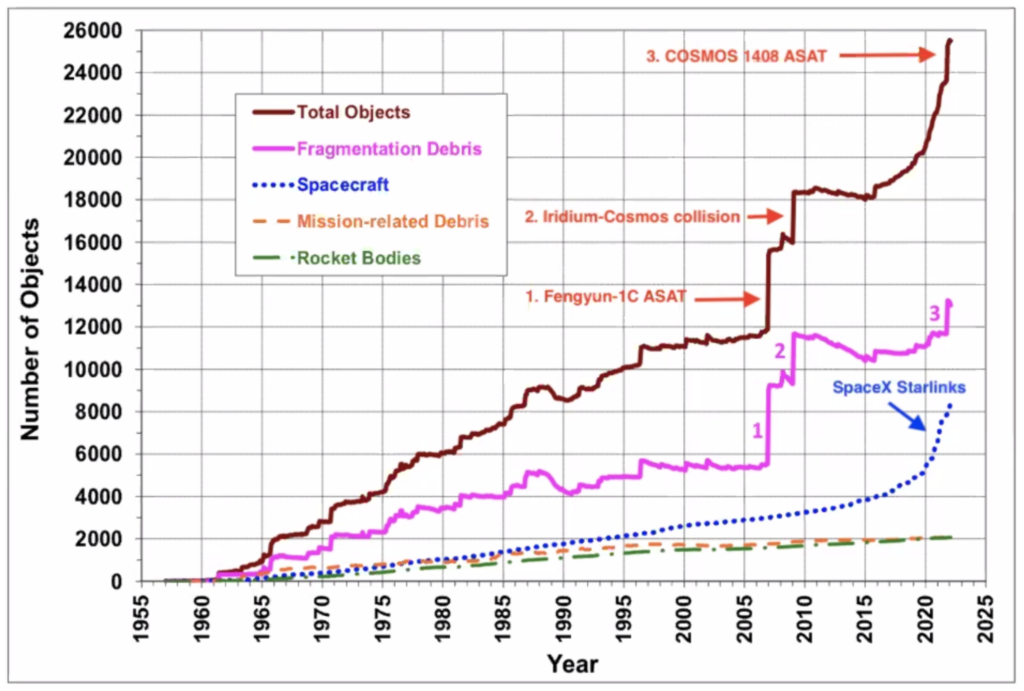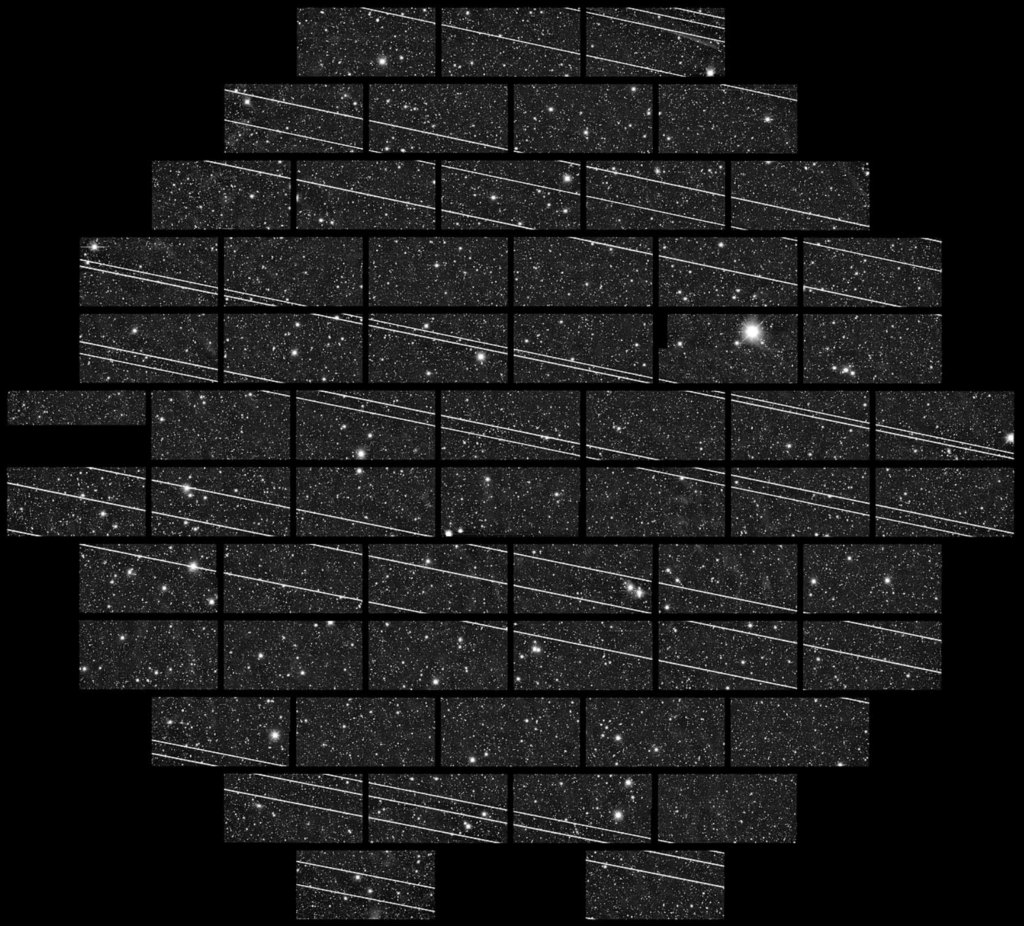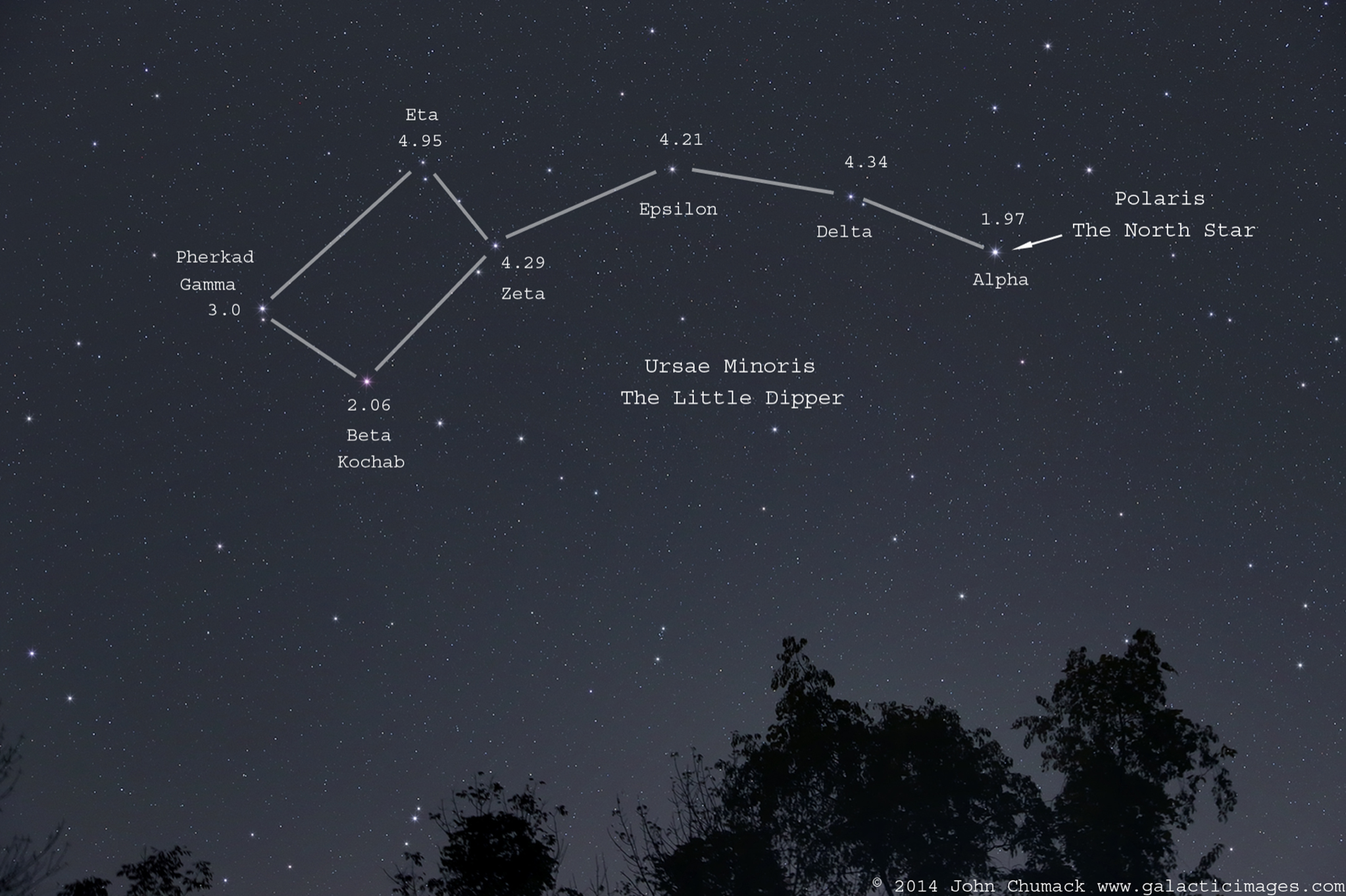-Aparna Venkatesan, University of San Francisco
Disclaimer: “Beyond astro-ph” articles are not necessarily intended to be representative of the views of the entire Astrobites collaboration, nor do they represent the views of the AAS or all astronomers. While AAS supports Astrobites, Astrobites is editorially independent and content that appears on Astrobites is not reviewed or approved by the AAS.
Many eagerly pursue the wonders of space as they would fantasy – an uncharted, futuristic adventure of untold extremes. For reverent others, space whispers the unfathomably ancient depths of human origin. Less often are we inclined to sully the realm of scientific intrigue with the dredges of secular issues, such as money, politics, social inequality, or greed. One experiences the same aversion to these unsavory topics when considering the natural world. The sight of logging ruptures the idyllic impression of a forest; a bobbing island of plastic deadens the crisp sparkle of the ocean. Yet, space and our notion of “nature” sometimes seem like separate entities, divided between the uninhabitable and the habitable, the unexplored and the explored, the visible universe and the night sky. Abstracting outer space to a distant, imaginative oasis, rather than a local nature reserve deserving of care and attention, may be how our future in it slips away.
It’s understandable that space feels titanic and we feel small in comparison. Sometimes, when other enormous beings like billionaires and governments claim space for themselves, one may individually feel too inconsequential to participate in the conversation. But space is nature, like our water. Space is an environment, like our forests. Space includes the Earth, and everyone on it. And yet, space does not reap the benefits of being politically and legally regarded as an environment.
Two Is A Crowd
You may have heard that a lot of debris orbits the Earth. You may have also heard– after it’s already happened– that more things are regularly launched into space. While orbits near the Earth’s surface (called a “low Earth orbit” or LEO) do contain spacecraft intended for scientific research, 45% of all functioning satellites actually belong to two private companies: SpaceX and OneWeb. As a result, we can identify the two individuals who own nearly 45% of the functioning spacecraft orbiting our entire planet: Elon Musk and Neil Masterson. Both the planet and the public deserve better protection against the absolutism of a wealthy few. These individuals have already launched 2,333 + 428 satellites (Starlink and Oneweb, respectively); and this is only the beginning.
Generation 1 and 2 of Starlink, set to launch together (and intended for March of this year, but yet to launch), will add a grand total of 4,408 + 29,988 = 34,396 satellites to LEO. Moreover, there are more than 113,000 planned satellite constellations from Amazon’s Project Kuiper and a newer company called E-Space. This number will continue to increase as competitors join the market. However, the most important fact to consider is that once these satellites fly, it will be incredibly difficult, if not impossible, to make any adjustments or compromises after the fact. The arbitrariness afforded to commercial industries may “feel” illegal, but it’s very much not: as of right now, almost no legislation exists to regulate what private companies send to orbit.
Satellite companies vying for LEOs often cite that access to the internet is increasingly becoming a human necessity. While this is true, satellites are not the only solution: infrastructural improvements like fiber-optic cables are still on the table. Private companies also claim to offer an “affordable” option, but they have yet to follow through on these promises. Instead, many have filed for bankruptcy or raised prices after launch. As a result, these companies litter our LEO with abandoned projects forced to orbit the Earth for years before dumping tons of debris into our atmosphere. Historically, companies such as SpaceX compromised with the scientific community after satellites were already in orbit, largely due to public outcry and public opinion.
The Sky is Quickly Becoming the Limit
The bleak reality is that the laws of physics will crack down harder than our own lack of policy: a critical mass of space debris, once passed, will make Earth orbits entirely unfeasible. This is called the Kessler effect, and it means a saturation of Earth’s orbit with debris to the point that added objects will be unavoidably shredded, creating more debris, and prolonging the runaway effect. It will be the end of satellites, period—not just the launching of satellites, but the continued existence of satellites already in orbit too.
This is an ongoing and extremely prescient issue, partially due to the deliberate destruction of the Soviet satellite KOSMOS 1408 on November 15, 2021. 1,500 objects larger than 10cm were fragmented during the Russian anti-satellite weapons test. For reference, space debris the size of 10cm and larger are closely monitored by the U.S. Air Force, as they are equivalent to fast-moving bullets that can puncture walls of satellites, space suits, and space stations. During this particular destruction, astronauts aboard the ISS were instructed to don their suits and wait in capsules in the event of an emergency return trip to Earth. This threatens not just the ISS and its astronauts, but even facilities like the Hubble Space Telescope.

In Figure 1, which illustrates the amount of space debris increasing over time, there is a steep jump in the brown line of “Total Objects” just around the time of the KOSMOS 1408 destruction. However, this is not the most extreme feature to date. Rather, the advent of Starlink (arrow, blue line) shows the marked increase of objects in our orbit, and the steady climb of fragmentation debris (magenta line).

Ongoing Damage
Without protective legislation in place, the preservation of our dark skies depends on the generosity of corporations. The most devastating and recent examples are Starlink’s satellite constellations ruining scientific images (Figure 2). After Starlink’s launch, astronomers begged the company to fix the issue and paint the fuselages in a light-absorbing coating, or to at least to maintain a more favorable configuration. Despite negotiations to construct satellites dimmer than V>7.0 mag (meaning dimmer than a magnitude of 7.0 when looking through a “Visual” optical filter), the vast majority of satellites appear brighter, sometimes up three orders of magnitude (Figure 3, remember brighter magnitudes are smaller number when you compare the number of observations below the green line). For reference, the brightest star in the Southern Crown is slightly dimmer than these satellites at 4.1 mag, as are the stars in the handle of the Little Dipper (about 4.2 mag, Figure 4).


As a direct consequence, the burden of repairing images is forced on the astronomers in the event they are fortunate enough to have a salvable image (Figure 2 shows this damage. Note the size of individual celestial bodies compared to the width of Starlink tracks). Though this is a small consolation, it remains a deeply unfortunate, complicated workaround that will become a reluctant pillar of space exploration of this new age—one that dedicates scientific funding and resources to circumventing the carelessness of a few. The sky belongs to all of us, it always has, but the rich and powerful are polluting it before the vast majority of us have a chance to look up.
Thoughts into Action
Though timeliness is crucial, we are not yet past the point of no return. There are an abundance of concrete measures, such as alerting politicians to a best-practices document that has already been crafted by attendees of the Dark and Quiet Skies Conference, organized by United Nations Office for Outer Space Affairs (UNOOSA), the International Astronomical Union (IAU), and the Instituto de Astrofísica de Canarias. Though it’s easy to feel small when we think about space, what we do together can be very, very big. I humbly offer a list of optional measures you can take to make tangible change on this front:
- Support the work of a brand-new center called the IAU CPS (the International Astronomical Union Center for the Protection of the Dark and Quiet Sky from Satellite Constellation Interference). The center opened April 1, 2022 to serve as a bridge between all stakeholders. This means conversation flows between industry, astronomers, cultural groups, and communities. There are four main “hubs” of the centre: (i) to develop constellation streak correction software, (ii) to establish regulation policy, (iii) to engage community and outreach, and (iv)to liase with industry and mitigate damage done to our night skies, such as testing solutions in laboratory settings.
- Write to your politicians. (I use resistbot’s incredible free service!)
- Earn money and spend time as a fellow in one of these paid positions at the intersection of space and policy.
- Attend events hosted by the UN office for outer space affairs (including the Dark and Quiet Skies Conference)
- Write Letters to the Editor in sky and telescope, motivating MORE people to keep talking about it.
- Astrophotographers, hobby astronomers, and hardcore observers alike can post to Twitter, Reddit, and other social media sites their images that have been “starlinked.” (This is how I first learned of the issue!)
- Talk about the issue until everyone in your circle knows about it. This may be the first time you have been made aware this is happening! It’s very likely your friends, family, coworkers, bosses, and office-mates don’t know either, and it’s their skies too!
Special thanks to all presenters at the AAS workshop Satellite Swarms and Related Impacts on Dark and Quiet Skies: A Virtual Workshop, for their brilliant presentations, careful notes, and impassioned speaking. Also, an added heartfelt thanks to the editors for such careful consideration of all angles presented.
Featured Image Credit: oneweb.net, finance.yahoo.com, and NASA Orbital Debris Program Office
Edited By: Luna Zagorac, Huei Sears
